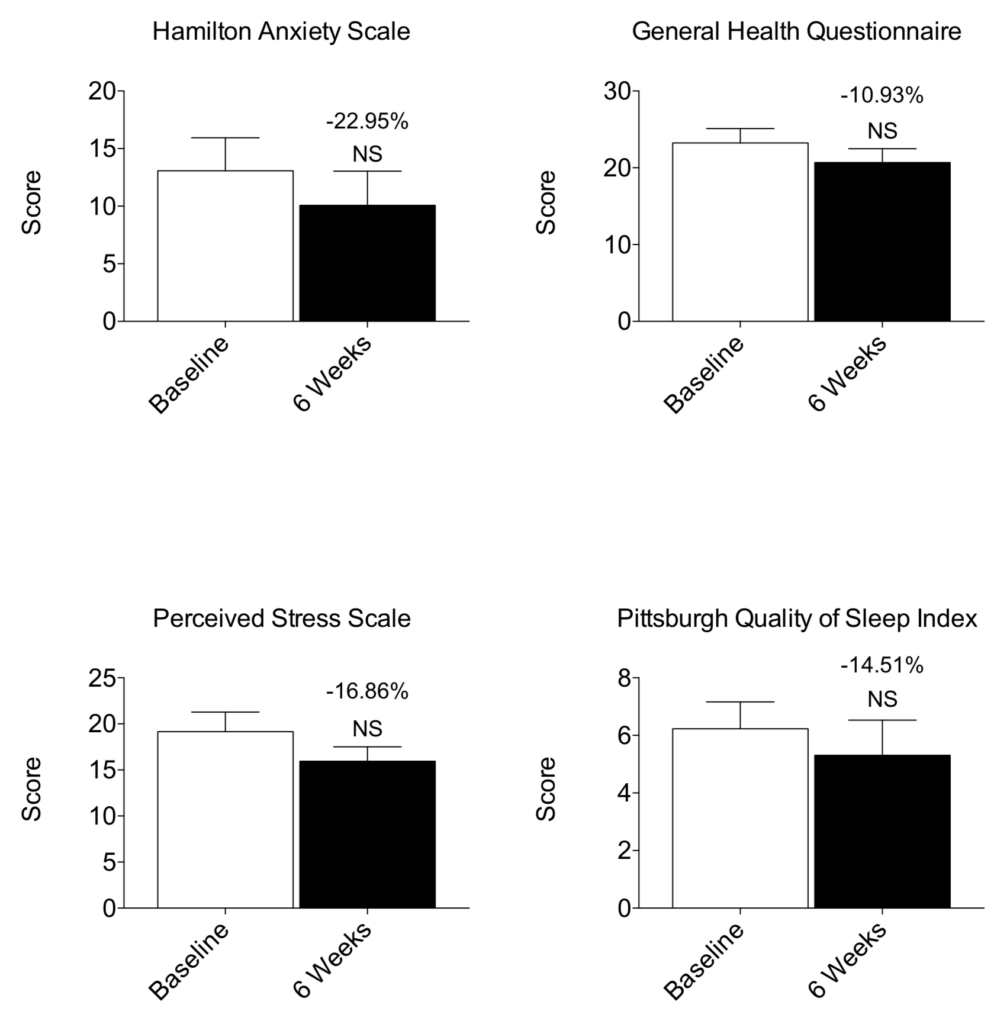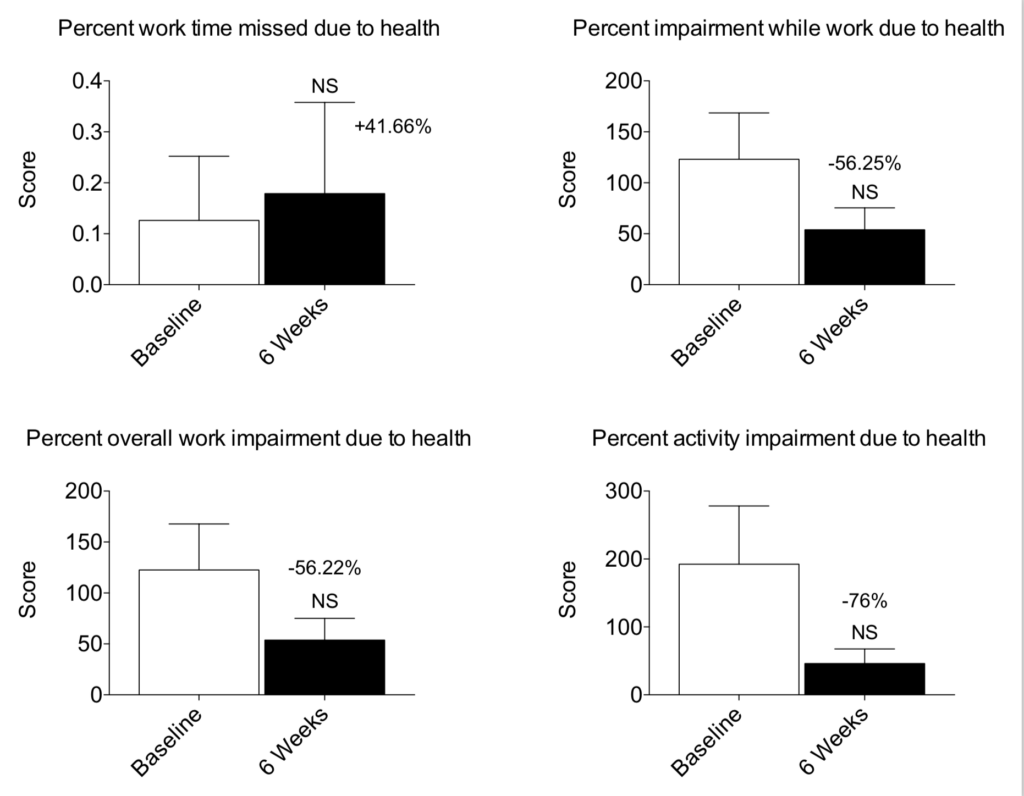Effect of Audio-Visual Brain Entrainment on Mood, Sleep and Work Productivity of Professional Telemarketers
Presented at the 2020 International Society for Neuroregulation and Research (ISNR) 28th Annual Conference.
Title: Effect of Audio-Visual Brain Entrainment on Mood, Sleep and Work Productivity of Professional Telemarketers
Authors: Afonso I S Salgado1,2, Rodolfo B Parreira1,2,3, Noemy F de Castro1, Maria L Ramos Mendes1, Patrick K Porter4, Francisco J Cidral-Filho5
Affiliation:
1- Residency Program in Integrative Physical Therapy, Salgado Institute of Integrative Health, Londrina, PR, Brazil;
2- PostureLab, Paris France.
3- Health Sciences Program, Santa Casa de São Paulo School of Medical Sciences, São Paulo, SP, Brazil.
4– Quantum University, Honolulu, HI – USA.
5- Experimental Neuroscience Laboratory (LaNEx), University of Southern Santa Catarina, Palhoça, SC, Brazil.
Background: Audio Visual Brainwave entrainment (ABE) occurs when brainwaves synchronize to external rhythmic stimuli, e.g, visual (flickering lights), auditory (Isochronic tones, and/or Binaural beats) or physical (physical vibration).
Objective: The objective of this study was to investigate the effect of the Audio-Visual Brain Entrainment (ABE) on Anxiety, General Health, Stress, Quality of Sleep and Work productivity and Activity Impairment of telemarketers.
Methods: The study was conducted at the Salgado Institute of Integrative Health, Londrina, PR – Brazil, and the protocol was approved by the Institutions Ethics Committee. Sample size consisted of 13 telemarketers (3 males and 10 females). ABE was delivered with a BrainTap headset (New Bern – NC – USA) in 20-minute sessions 3 times a week for 6 weeks. Session consists of Binaural beats (18 to 0.5 HZ), Isochronic Tones (18 to 0.5 HZ) and visual Entrainment (470 nanometers LEDs flickering at 18 to 0.5 HZ). The following questionnaires were applied at baseline and after 6 weeks: The Hamilton Anxiety Rating Scale (HAM-A) that measures the severity of anxiety symptoms; the General Health Questionnaire (GHQ-12), a screening device for identifying minor psychiatric disorders; the Perceived Stress Scale (PSS-10), the most widely used psychological instrument for measuring the perception of stress; the Pittsburgh Quality of Sleep Index (PQSI), that scores sleep quality; and the Work Productivity and Activity Impairment Questionnaire (WPAI), that measures impairments in work and activities.
Results: ABE positively affected all scores: HAM-A (22.95%); GHQ-12 (10.93%); PSS-10 (16.86%); PQSI (14.51%); as well as WPAI (absenteeism, 41.66%; presenteeism, 56.25%; work productivity, 56.22%; and activity Impairment due to health, 76%).
Conclusion: Although results did not achieve statistical significant when compared to baseline, ABE positively affect scores related to anxiety, general health, stress, quality of sleep, as well as work productivity and activity impairment of telemarketers. A lager sample size study is necessary to statistically confirm the effects of ABE.
Graphs

Figure 1: Hamilton Anxiety Rating Scale (HAM-A); General Health Questionnaire (GHQ-12); PSS-10 – Perceived Stress Scale and Pittsburgh Quality of Sleep Index (PQSI).

Figure 2: Work Productivity and Activity Impairment Questionnaires (WPAI).
